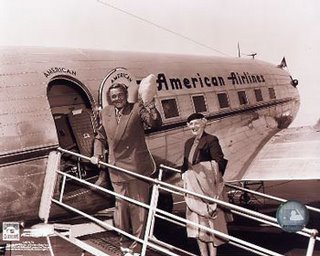Transport prepositions
 IN and ON are generally confusing for Spanish speakers. Not surprising, given that they're the same word in Spanish.
IN and ON are generally confusing for Spanish speakers. Not surprising, given that they're the same word in Spanish.Here's a quick look at the difference when talking about modes of transport.
We use ON for forms of public transport that you can walk ON: bus, train, ferry, plane, coach.
We use ON for forms of transport you sit ON: bike/bicycle, scooter, motorbike/motorcycle, horse, donkey, elephant, camel. We also use ON for roller skates and skateboards.
We use IN for forms of transport which you sit IN, but can't really walk IN. This in practice means cars and taxis, and small boats, for example, canoe, row boat, raft, punt. We also use IN for rickshaws.
These prepositions (and their opposites) stay the same when used with the verb GET. This means you GET IN and GET OUT OFF a car or taxi, but you GET ON and GET OFF a plane, train or bus.

Labels: grammar

5 Comments:
THANKS EXCELLENT!
thanks very much!!!!!!!!!!!1
You really helps me
thank u very much. I like this site! warda white
My silver Service offers cab services across Melbourne as well as out of the city. My Silver Service business ties with an international group of cab service provider Sixt rent a car from Germany.
VIC silver service taxis
In Our academic service, we provide introduction background information, lays out the scope and direction of the essay, and states he thesis.
Academic Inside
Post a Comment
<< Home